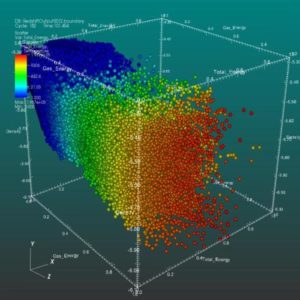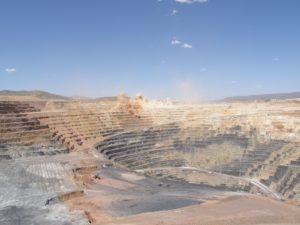
Occasional Updates
This Process Chemistry Analytics Can Catalyse Your Results
Sometimes a catalyst is needed to accelerate significant improvements in production performance at industrial sites. The right process chemistry analytics can be the catalyst for better levels of performance and service. Is your process chemistry performing? Is your...
What Makes A Great Musical Performance?
What makes a great musical performance? Is it the conductor? The soloist? The orchestra? The composer? Or, is it all of these things together? It is the subtle interplay of the musical instruments, the thousands of individual notes, the timing and the artistic...
Mine Site Improves Process Chemistry
A mine site needed to improve the process chemistry at the thickeners. They had noticed that consumption of polymer (flocculant) and antiscalant was increasing. They also were seeing increased downtime and reduced recovery of valuable metal. It was more difficult to...
What Is Process Chemistry Analytics?
It is an effective, innovative service model for chemical suppliers and industrial sites to optimise and improve their process chemistry. Not just cost cutting, but real improvements in productivity and profitability. Some examples of financial savings made by...
Acknowledgement
PCA would like to thank Wikimedia Commons and the contributors for the rich resource of industry and statistics examples. All are available under the Attribution-ShareAlike 3.0 Unported (CC BY-SA 3.0) licence - https://creativecommons.org/licenses/by-sa/3.0/deed.en

Get Started Today
There is a need in the industrial marketplace for a trusted, independent, data-based service to assist suppliers and industrial sites to improve process and chemistry performance. PCA’s mission is to provide your business with that service.


































